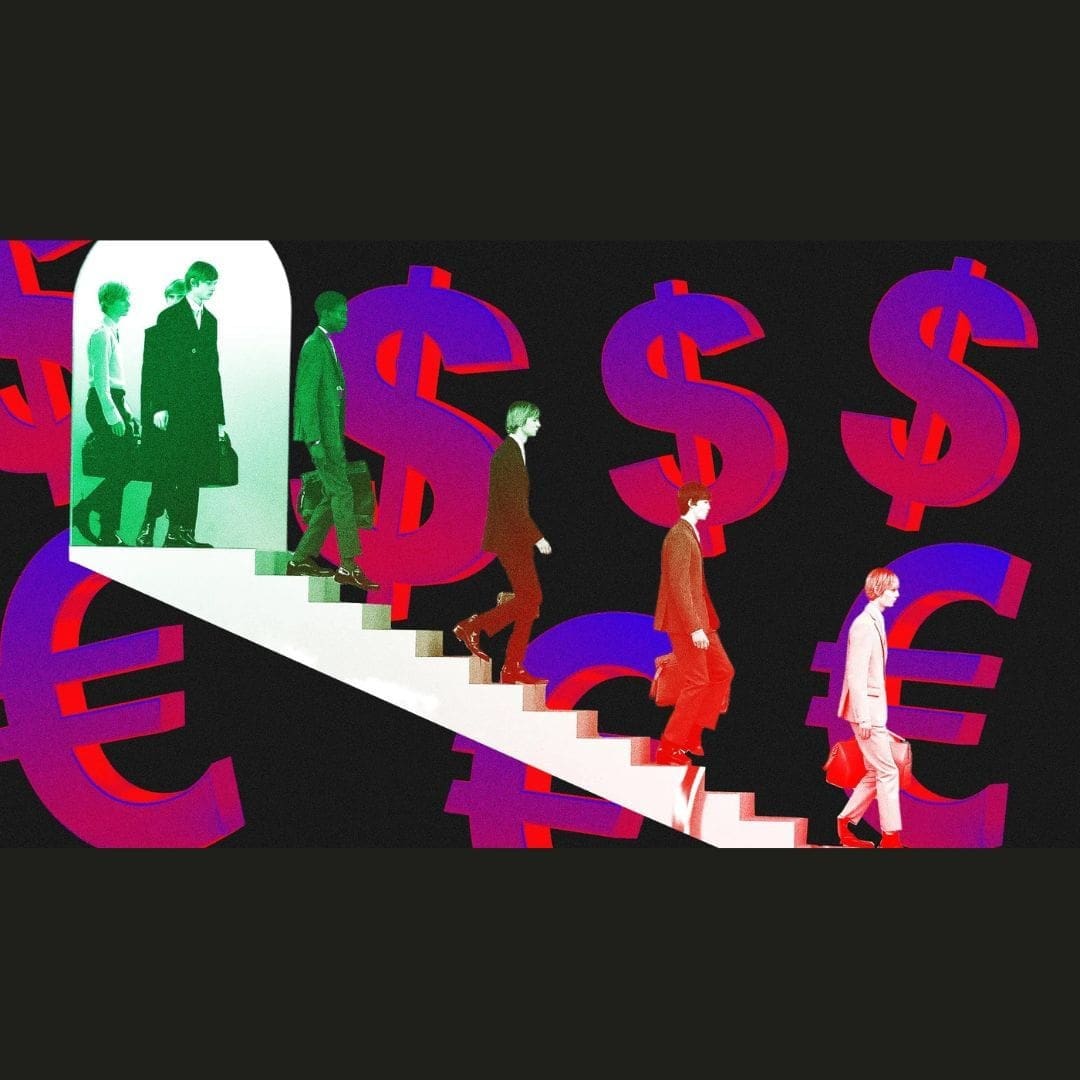In a country where the economy appears to be on the verge of a recession (unless it isn’t), you may anticipate everything from home prices to consumer behaviour to suffer. And you’d think that in times of adversity, spending time, effort, and money on fashion would be one of the first things to go. However, there is a lot of evidence that says the most dramatic fashion trends are formed from economic downturns, based on years of research on financial trends and buying habits. In 1982, fashion writer John Duka described how buying habits altered amid the early 1980s economic downturn. The parallels to the current situation are clear: unemployment was above 10%, oil costs were skyrocketing, and real wages were stagnant.
However, what is true of retail expenditure in general is not always true in the realm of fashion. Historically, upper-class customers of high-end fashion do not adjust their spending patterns significantly during recessions, and may even refrain from flaunting wealth. “Retailers claim those clients who can buy such pricey products, although they too have become more choosy, are nonetheless little impacted by the fluctuations of the economy,” Duka wrote in 1982. Buyers who shop less costly designers, on the other hand, frequently stop spending and limit their purchases to either high-quality things to replace lost or broken pieces or “exciting” pieces.
Larger economic forces can shape these vibe shifts. As consumers adjust their personal style due to inflation or reduced materials, we see a pattern of new designs emerge.In economically depressed post-WWII France, for example, Christian Dior released the “New Look,” featuring a cinched waist and wide shoulders—a new take on femininity. “After a period of fabric rationing, his designs used ample materials (like the Chérie dress, incorporating 80 yards of faille) which felt like a luxury,” says Veroniqué Hyland, Fashion Features Director at Elle and author of Dress Code. “Creating a new ‘It’ silhouette or item is also a way for the industry to spur people to buy new things, as opposed to being content with last season’s wardrobe.”
More recent recessions have brought their own novel forms of dressing. The 1980s brought bold neon colors, abstract prints, and the emergence of hip hop and punk fashion, while indie sleaze emerged in the years following the economic crisis of 2008. “When times are drab, maximalism seems to be the standard response,” said Hyland.
First, we have to look at the trends leading up to now. You could lump the Covid recession and the theoretically approaching 2022 recession into one long stretch. During this three-year pandemic period, our values as consumers have changed. Fashion designers that have recognized customers’ interest in sustainability and engagement with social political issues—and managed to render them into tangible products and narratives—have found success.
One differentiator of this recession is the rise of new ways to shop. On top of that, designers will need to compete with platforms that can appeal to these customer values at scale. The growing clothing resale app, Depop, made over $70 million in revenue in 2020, and is changing the ways we can browse cheaper alternatives while learning what’s trending in fashion. Platforms like Depop also compete with brands when a large-scale release happens. Depop reported a 62.7% increase in searches for “Yeezy” between mid-July 2021 and the first week of August 2021, timed with the Yeezy, Gap collaboration launch, suggesting that consumers care less about fresh-from-the-box drops and are willing to search for cheaper secondhand alternatives.
So: the brands that will thrive in a possible coming recession will likely be ones that manage to balance their customers’ long-held desire for novelty with their newer interest in of-the-moment techniques and beliefs. The newly relaunched J.Crew, under the direction of Brendon Babenzien, seems like it might fit the bill: Babenzien, long interested in merging nostalgia with contemporary environmental and social concerns, seems to be designing new-feeling pieces with a nod to the vintage-minded look consumers are hungry for. Babenzien, of course, cut his teeth at Supreme, which is undergoing its own reinvention. Newly installed creative director Tremaine Emory knows how to nail maximalism—and is a designer deeply in tune with the political and social climate. While Gucci buyers will still buy Gucci, mid-luxury brands who are value driven are prime candidates to drive fashion into new realms. As in the 1980s and aughts, it seems safe to assume that the economy of the near future will shape its fashion. Like the late avant-garde fashion designer Issey Miyake said, “Design stems from reflecting on and challenging the times we live in.”

